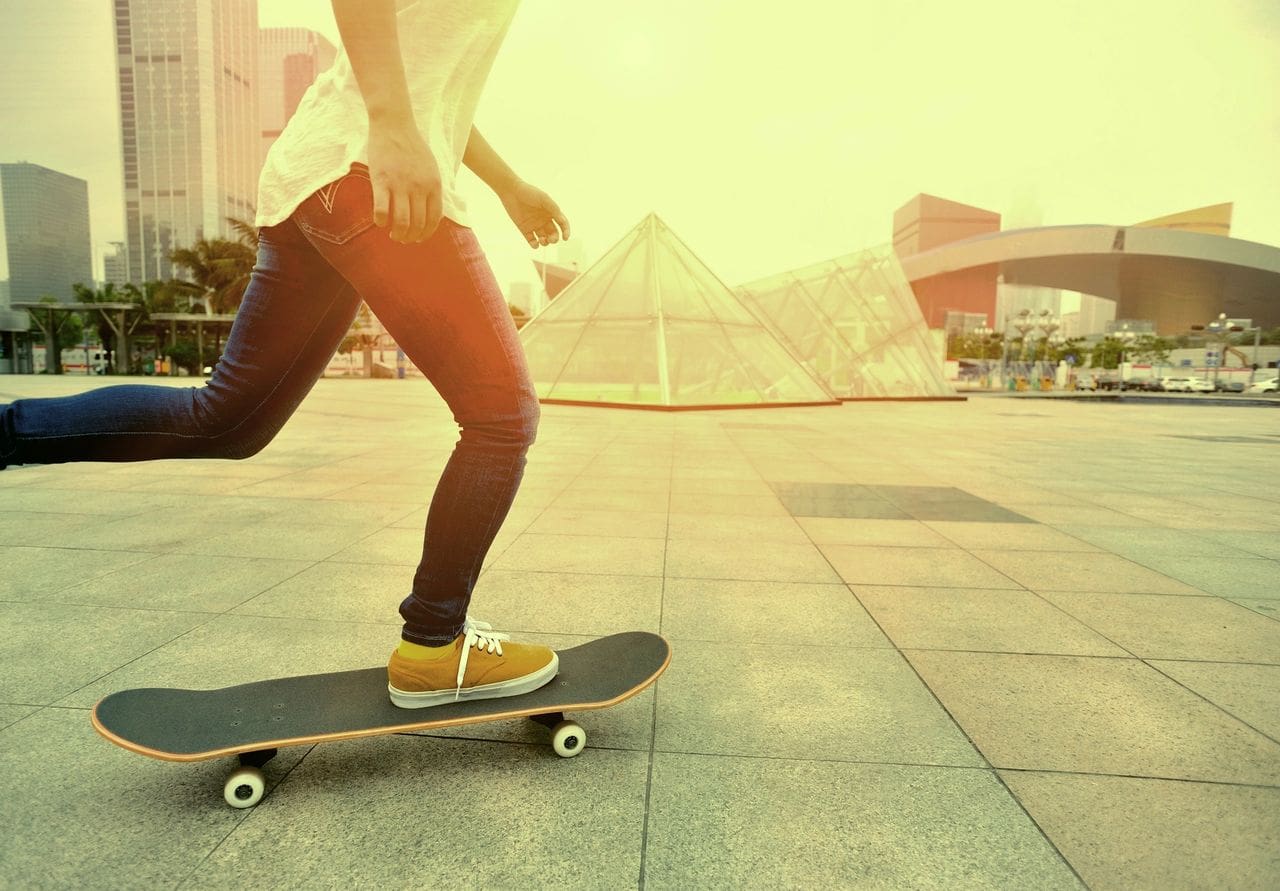
Proprioceptors: What are they good for?
Did you ever wonder why your feet know where to go when climbing the stairs without having to look down or why you know where your hands are when you close your eyes? That would be due to the proprioceptors that are located throughout your body, they tell you where you are in space. Working on your proprioceptive skills can positively affect everyone from day-to-day life skills to advanced athletic performance.
Proprioception is the sense of knowing where a body part is in space. Proprioception occurs subconsciously and is important in everyday movements. It is especially important in athletic performance, where precise coordination is essential.
Your proprioception capabilities can be impaired when joints are injured, such as with ligament sprains. When you lose proprioception of your joint after a sprain, you may experience an unstable sensation of the joint and display decreased balance.
The Proprioceptive System is made up of receptor nerves that are positioned in the muscles, joints, fascia, tendons, and ligaments around joints. These receptors can sense tension and stretch and pass this information to the brain where it is processed. The brain then responds by signaling to muscles to contract or relax in order to produce the desired movement. Following an injury, to joints and ligaments, the receptors are also damaged, which means the information that is usually sent to the brain is impaired. This can leave the person prone to re-injury, or decrease their coordination during everyday activities or athletics.
Proprioceptive exercises teach your body to control the position of a deficient or an injured joint. Types of proprioceptive training include balancing exercises, exercises with the eyes closed, strengthening exercises and plyometric training. A common example of a proprioceptive exercise is standing on one leg. There are many ways to advance this activity to include all types of proprioceptive training. Standing on one leg would be a balance exercise and this could be advanced by closing the eyes, adding an unstable surface such as a BOSU or using upper or lower body movements. A single leg squat is an example of a strengthening exercise that utilizes proprioception and single leg jumps side to side/forward and back would be a plyometric activity. Those are just a few ways to turn single leg standing into multiple proprioceptive exercises. Every exercise routine or training program should include proprioceptive exercises for optimal results. Working on your proprioception at all ages and levels of activity will improve general function and athletic performance.
Follow me for up to date blog posts, weekly tips and exercise demonstrations. If you have more questions about proprioception or would like to improve your proprioceptive skills reach out to me at [email protected] or visit my website at https://dynamic-pt.com.
